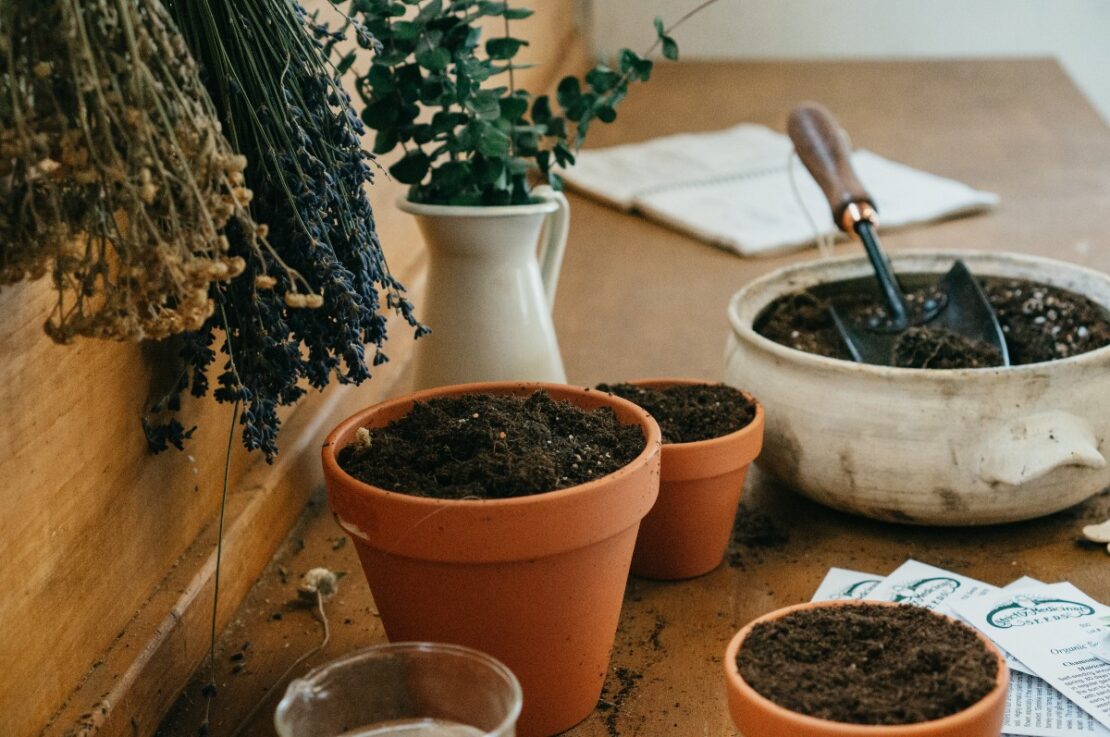
To Pot or Plot: The Advantages of Container Gardening
Whether you’re planning your garden for the first or the fiftieth time this spring, deciding what to plant where is an essential part of the process. Whether to pot or plot the plant in your garden should be part of your considerations. You may choose container gardening if you have a lack of traditional garden space, but it isn’t the only reason a gardener may choose to pot rather than plot a plant.
If you are just starting a garden or growing a new plant in your garden, you may not be sure where a plant will have the greatest success. Perhaps you want to experiment a little to see if you can impact the growth and production of a plant. Container gardening can be a fantastic solution for problem-solving many of your planting variables.
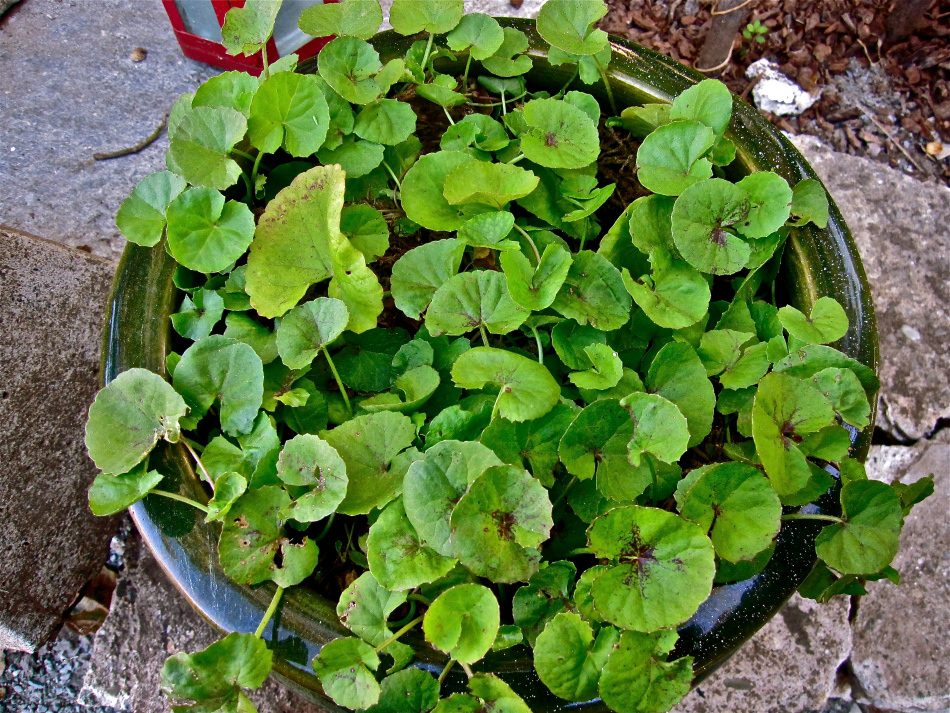
The Dynamics of Sunlight
You can understand the dynamics of sunlight in your growing space by observing your garden at different times throughout the whole day, beginning at sunrise and ending at sunset. Observe and take note. How much of the garden is in the shade, and how much is receiving direct sunlight at different times of the day? Use your notes and observations to determine if your growing space gets full sun, partial shade, or full shade. It’s also possible that your garden space could have all of these conditions present in different zones.
Container gardening comes with certain benefits. For instance, what can you do if you have the hankering to grow a sun-loving herb, like St. John’s wort (Hypericum perforatum) or echinacea (Echinacea spp.), and don’t have a sunny enough spot in the garden to support the needs of the plant? You can look for sunny spots to place a pot. A sunny windowsill or corner of the porch can make a lovely home for your sun-loving friend.
Were the conditions to be reversed, and you have a garden plot that gets direct sunlight throughout the whole day, you could pot shade-preferring plant friends, like gotu kola (Centella asiatica) or nasturtium (Tropaeolum majus), and bring them up closer to the house where they can be protected by the shade of a porch or the side of a house as the sun moves throughout the day.
There are plenty of herbal allies you can grow in your garden space, whether it’s sunny or shady or somewhere in between. A good garden reference book for herb gardeners is Homegrown Herbs: A Complete Guide to Growing, Using, and Enjoying More than 100 Herbs by Tammi Hartung. Full of well-organized information, a book like this will make planning out what to put where in your garden much simpler.
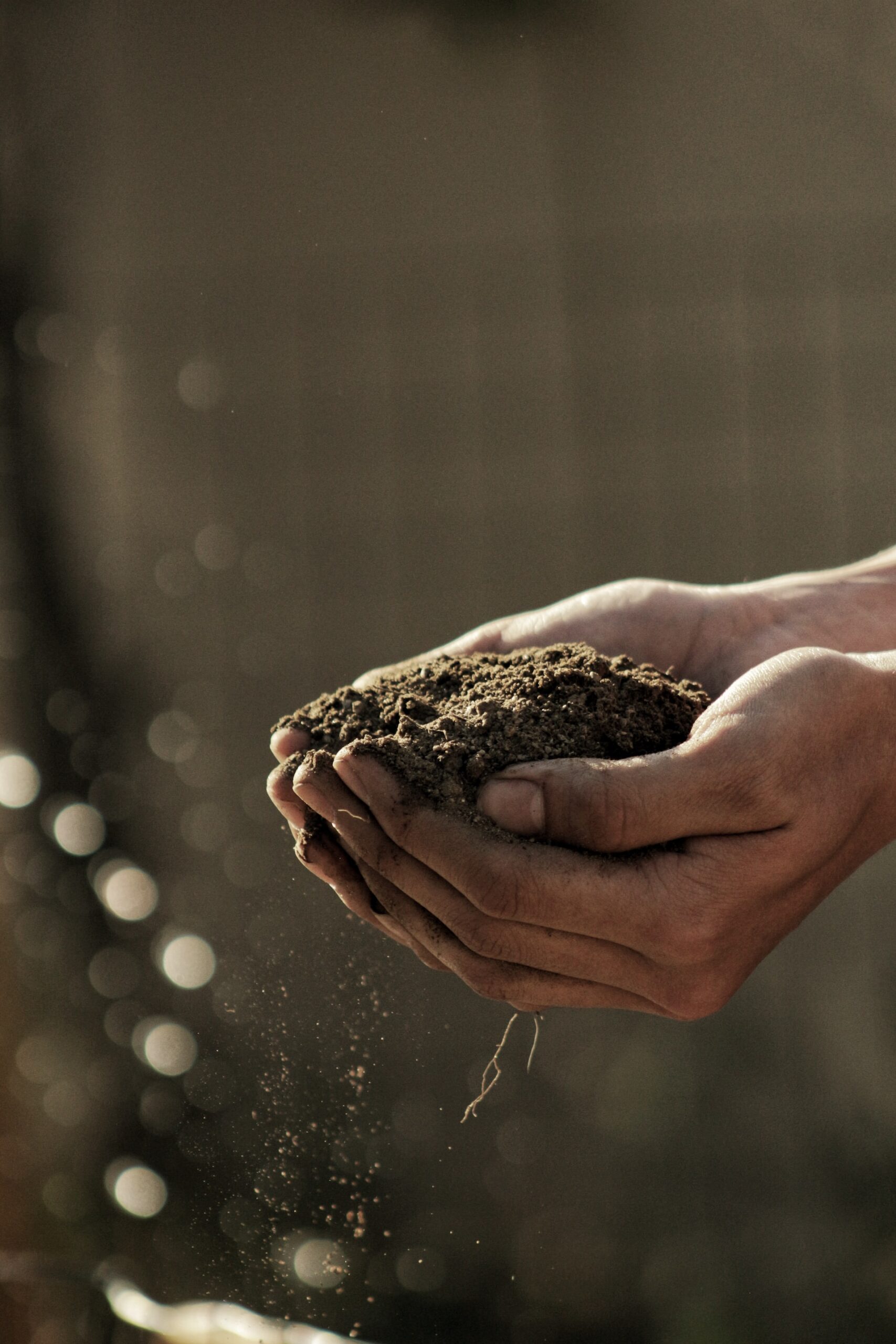
Get to Know Your Soil
Getting to know your soil is a sensual experience. There is so much you can learn by touching, smelling, and observing your soil without needing to send off any samples for testing. You can check root development by gently digging up the root ball of a well-developed weed in your yard. After you’ve loosened the roots from the soil, carefully loosen the dirt from around the roots and examine their condition; mushy brown roots can indicate problems with soil drainage.
You can find out more about the composition of your soil by scooping some moist soil into the palm of your hand and squeezing it. When you open your hand the soil should remain in a clump, but easily crumble. If the soil will not clump and feels gritty there is a higher sand content. If the soil clumps, feels sticky, and resists crumbling, there is a higher clay content. Medium textured soils will be smooth to the touch, stay clumped when pressed, and also yield to change with minimal pressure.
To figure out the degree of soil compaction, stick a straight piece of wire, like a garden stake or irrigation flag, straight into the ground in a few different locations. How quickly is the wire met with resistance and bent? Anything less than a foot of easily penetrable soil could prevent proper root development and restrict water flow (Spokane County Extension Master Gardeners Program, n.d.).
This is not to say that you need perfect garden soil to grow herbs at home; many herbs are considered weeds to those unfamiliar with them. This means that often we can grow a wealth of herbal allies without much effort to improve poor soil conditions. Mullein (Verbascum thapsus), goldenrod (Solidago spp.), and hollyhock (Alcea spp.) are happy to grow just about anywhere and bring immense beauty to the garden.
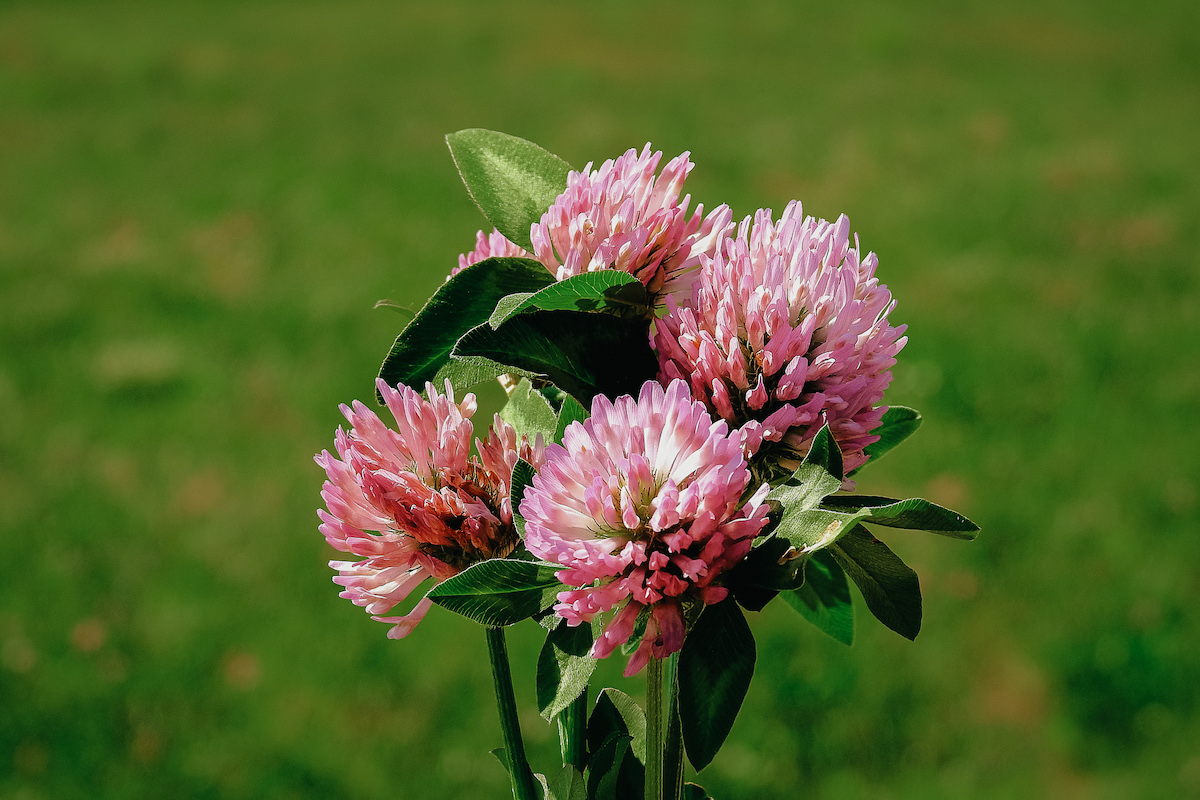
Some herbal allies can also help to build the soil and add nutrients. Their residence itself brings improvements to the soil they inhabit. Fabaceae family members like red clover (Trifolium pratense) and fenugreek (Trigonella foenum-graecum) will help fix nitrogen in the soil (Green manure, 2009). Alfalfa (Medicago sativa), can help reverse soil compaction with its deep penetrating roots (Alfalfa, 1999).
What if you want to grow a plant that prefers a different kind of soil than what is in your garden? Of course, you can amend the soil in your garden beds, but container gardening gives us a much smaller volume of soil to condition and the ability to customize the soil setup for each plant. Plus, using soil amendments more sparingly and specifically can help keep gardening costs down.
Let’s say, for instance, that your naturally occurring soil tends towards heavy clay. Still, you’d like to grow some Mediterranean herbs like oregano (Origanum vulgare) or rosemary (Salvia rosmarinus) which prefer well-drained soil. Placing gravel in the bottom 2 inches of a pot, before adding potting soil and your plant, will help ensure fantastic drainage and allow you to welcome these plants into your garden. Likewise, you plant organic-matter-loving herbs, like violet (Viola spp.) or nettle (Urtica dioica), in a container with a mix of potting soil and compost.
Potting soil should be well draining yet moisture retaining. Too much water on the roots will cause rot in many plants, but without anything to hold the moisture the small amount of soil in the pot would dry up too frequently. Potting soils will be fortified with fertilizers or nutrients to feed your plants. While a great deal of potting soils are fortified with synthetic fertilizers, some companies build their soils with materials from nature that are inherently nutrient dense (Using Soil and Soil Mixes, n.d.).
My favorite potting soils are made by Fox Farms. Fox Farms builds their soils with natural materials that break down and release nutrients gradually over time. I like to blend the “Ocean Forest” and “Happy Frog” potting soils 50/50 when container planting for a potting mix that is packed with nutrients and a robust microbiome.
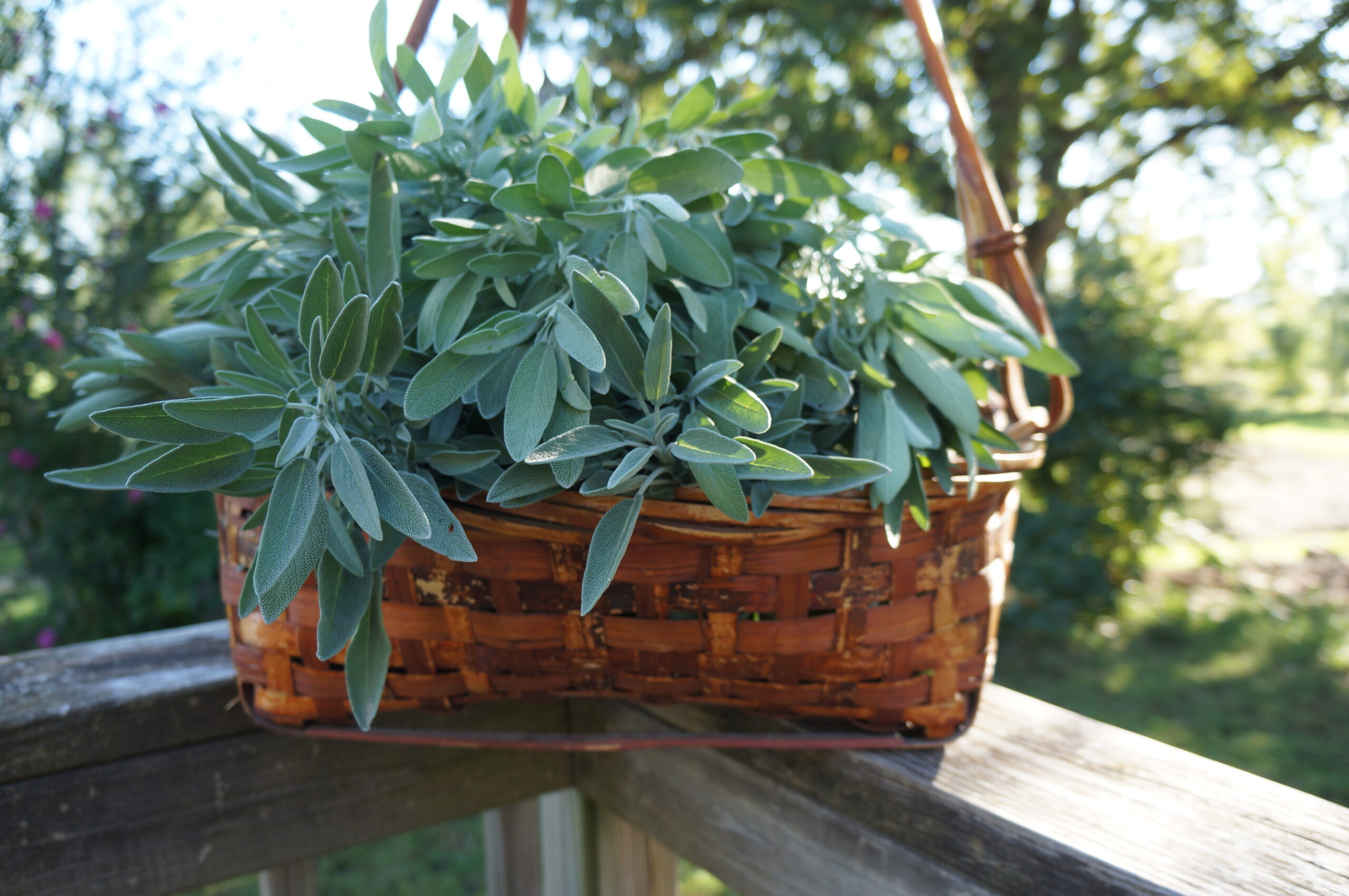
Trying Something New
It may be your first garden or your first time gardening in a new location or with a new plant but there will come moments when even seasoned gardeners debate the best spot to place a plant. In situations like this, it can be highly educational and efficient to plant the same herb in a couple of different pots, place them in the debated positions, and then see which produces the superior specimen. Rather than waiting a full season to see how well a plant does in one spot, we can see the results of several seasons play out over one.
A noticeable difference in the health and vitality of the plant based on location is noteworthy. Record how much sun there was at different times of day in the spot where the plant did the best as this will help you pick a good location in the plot going forward. You may not find a difference, in which case you know that you don’t have to be as specific with the placement of that plant in your garden.
An excellent example to demonstrate this would be cilantro (Coriandrum sativum). Cilantro is an annual that has no special soil needs and can grow in full sun, partial shade, and full shade. While that might make you think that it won’t matter where you plant your cilantro, that isn’t necessarily the case. As spring turns to summer and temperatures increase, this tender herbaceous ally tends to bolt, growing tall, wispy, and lacy with flowers almost overnight, so looking for a partly shady spot in midsummer may be beneficial.
Experiment by placing three pots of cilantro in your garden space. One in the shade, one in a sunny spot, and one in a spot that gets some sun and some shade throughout the day. You may find that they grow at different rates, and one may take longer to make the journey from sprout to seed. You can do this with any new ally or in any new space to increase the amount of experimentation you can do in any one growing season.
You can also perform soil experiments using pots. Compare the difference between a sand-soil mix and a gravel-lined, soil-filled pot for plants like sage (Salvia officinalis) or thyme (Thymus vulgaris) who prefer well-drained soil. Find a way that works for you to differentiate the pots, either through color or markings. Observe and take notes to determine if there is a difference between the two methods. Does one grow larger? More fragrant? Go to flower faster?
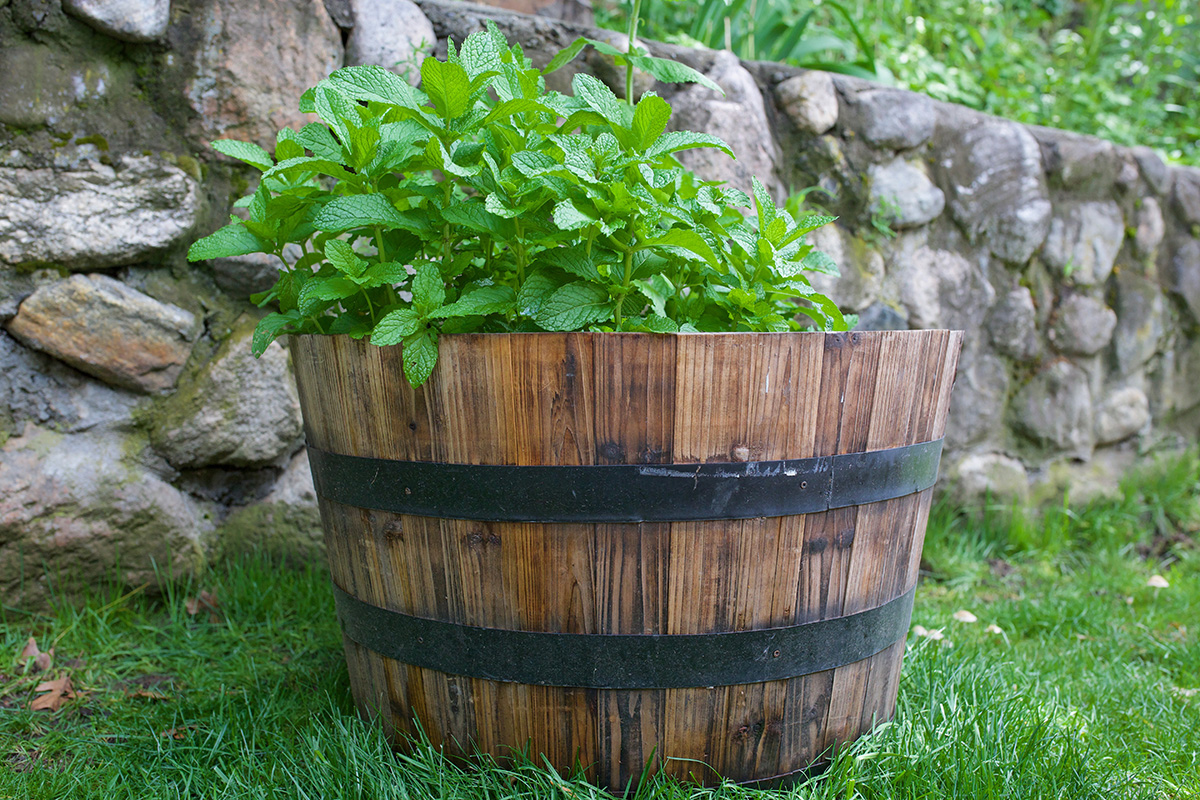
Exercise Restraint
Sometimes we want to see how and if we can influence a plant to grow bigger and better. Other times we may desire to control the growth of a plant in our plot. Spearmint (Mentha spicata) and yarrow (Achillea millefolium) are good examples of plants that will gladly conquer whatever garden space is offered to them. These aggressive growers can wreak havoc on garden beds if the proper parameters aren’t set.
We can limit the amount of soil they have access to by placing these fervent spreaders in containers. The solid side and bottoms of a pot will do better at containing growth than a crosstie or rock border in a garden bed will do. Plants that spread through their root systems are happy to go under or push through such barriers. For these plants, regular division and repotting are important to ensure the plant remains healthy and vibrant in its container.
In Closing,
Whether we want to grow something that isn’t quite suitable for the naturally occurring conditions of our garden space, experiment to see the effects of changes in sun exposure and soil composition on plant vitality, or exert some influence over the growth of a plant, potting is a useful tool to any gardener. While it won’t be necessary to get experimental with every herbal ally we bring into our garden, it is extremely empowering to know how and when we can use potting vs. plotting to problem-solve our garden variables efficiently and effectively.
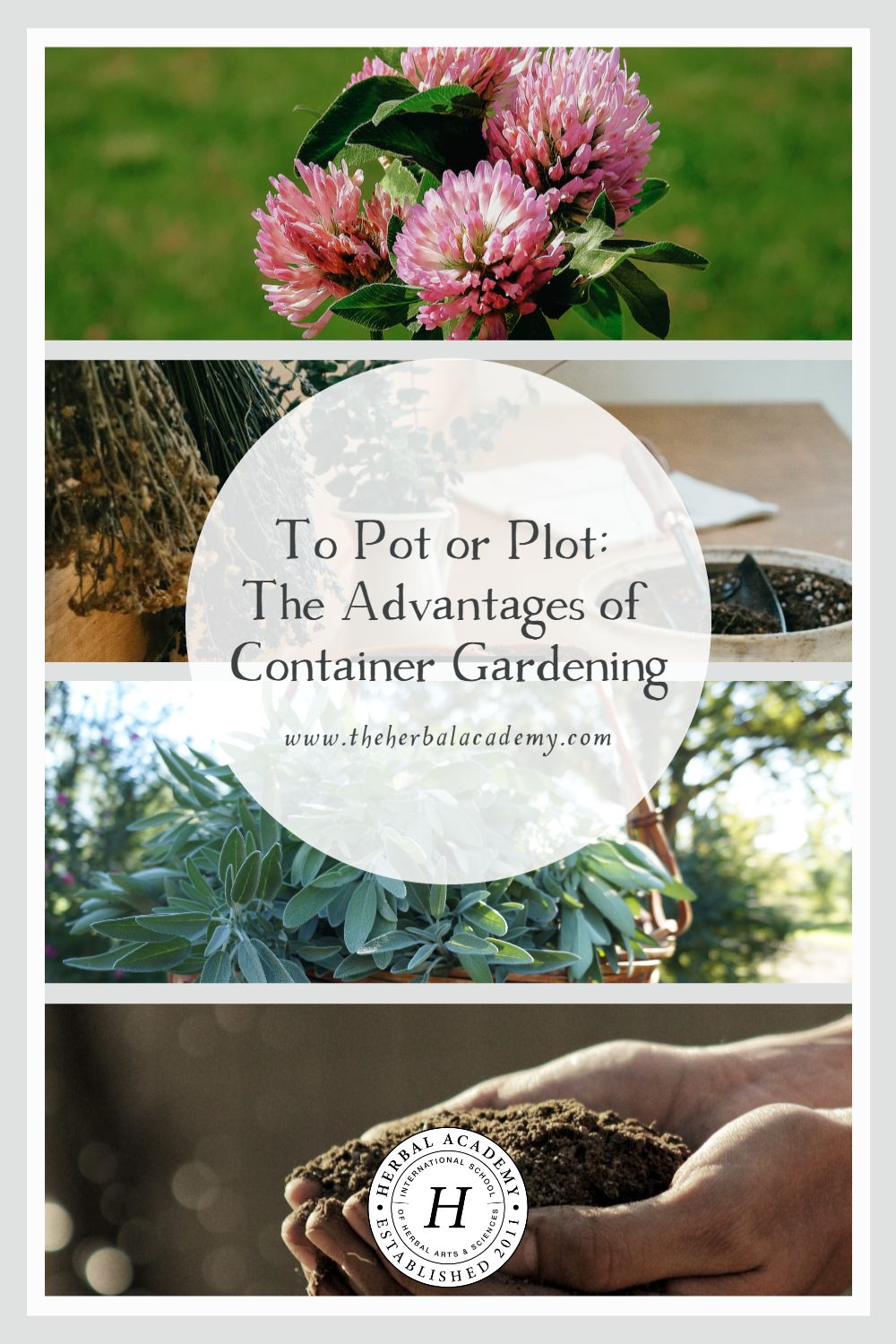
REFERENCES
Alfalfa. (1999, May 27). Encyclopedia Britannica. https://www.britannica.com/plant/alfalfa
Green manure. (2009, March 12). Encyclopedia Britannica. https://www.britannica.com/topic/green-manure
Spokane County Extension Master Gardeners Program. (n.d.). Easy do-it-yourself (diy) soil tests. Washington State University. https://s3.wp.wsu.edu/uploads/sites/2076/2018/04/C221-DIY-Soil-Tests.pdf
Using soils and soil mixes. (n.d.). University of Illinois Extension. Retrieved March 5, 2023 from https://web.extension.illinois.edu/containergardening/soil.cfm







